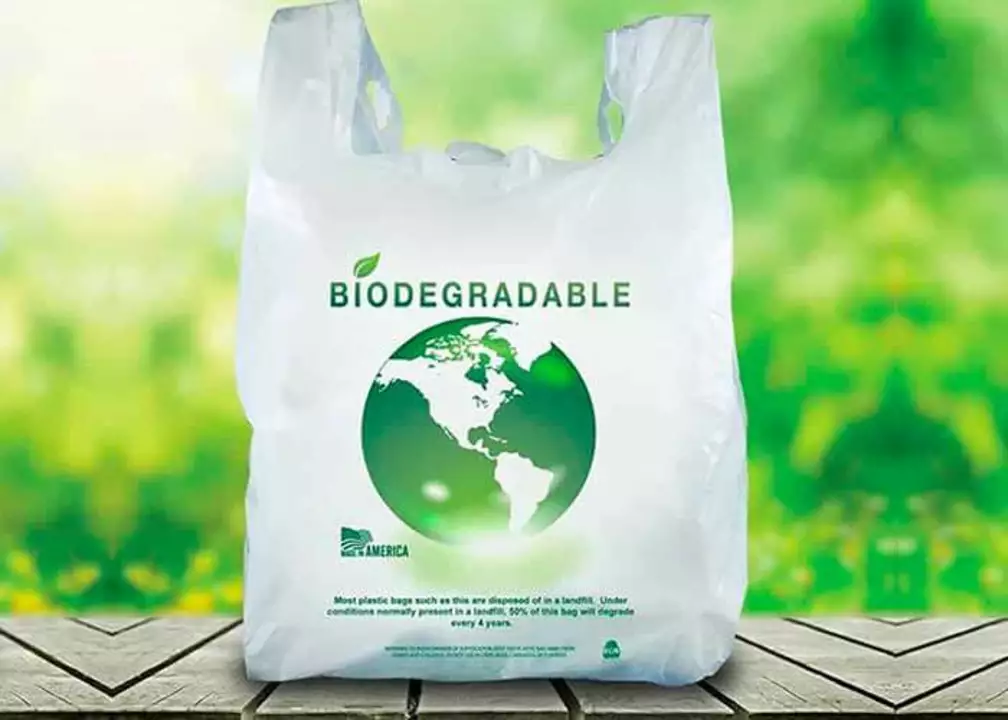Introduction: The Need for Eco-Friendly Plastics
As a concerned citizen and passionate blogger, I have been closely following the global debate on plastic pollution and its detrimental effects on the environment. The overwhelming amount of plastic waste, especially single-use plastics, has become a pressing issue that requires immediate and innovative solutions. One such solution is the development of eco-friendly plastics, which can help reduce the negative impacts of plastic waste on our planet. A promising material that has caught my attention is magnesium hydroxide, which has been studied for its potential in the production of eco-friendly plastics. In this article, I will explore the various aspects of magnesium hydroxide and its use in creating environmentally sustainable plastics.
Magnesium Hydroxide: A Brief Overview
Magnesium hydroxide, also known as brucite, is a naturally occurring white, odorless, and tasteless inorganic compound. It is primarily used as an antacid and laxative in the pharmaceutical industry. However, its unique properties have also made it an attractive component in the production of eco-friendly plastics. Magnesium hydroxide is a fire retardant and smoke suppressant, which makes it a safer alternative to traditional halogenated flame retardants that can release toxic fumes and cause harm to the environment and human health.
The Role of Magnesium Hydroxide in Eco-Friendly Plastics Production
Magnesium hydroxide plays a crucial role in the production of eco-friendly plastics by acting as a flame retardant and smoke suppressant. Traditional flame retardants, such as halogenated compounds, have been found to be harmful to both humans and the environment. These compounds can release toxic fumes when burned and tend to persist in the environment for long periods. Magnesium hydroxide, on the other hand, is a more environmentally friendly option that can effectively reduce the flammability of plastics without releasing harmful substances.
Benefits of Using Magnesium Hydroxide in Plastics
There are several benefits to using magnesium hydroxide in the production of eco-friendly plastics. Some of these benefits include:
Reduced Flammability and Smoke Emission
As a flame retardant and smoke suppressant, magnesium hydroxide can reduce the flammability of plastics and lower the amount of smoke emitted during combustion. This makes it an ideal additive for plastics used in applications where fire safety is a concern, such as in construction materials, electrical appliances, and automotive parts.
Non-Toxic and Environmentally Friendly
Unlike traditional halogenated flame retardants, magnesium hydroxide does not release toxic fumes when burned, making it a safer option for humans and the environment. Additionally, it does not persist in the environment, reducing the risk of bioaccumulation in ecosystems.
Cost-Effective
Magnesium hydroxide is relatively inexpensive and abundant, making it a cost-effective option for manufacturers looking to produce eco-friendly plastics. The use of magnesium hydroxide can help reduce production costs and make environmentally sustainable plastics more accessible and affordable for consumers.
Examples of Eco-Friendly Plastics Using Magnesium Hydroxide
There are several examples of eco-friendly plastics that incorporate magnesium hydroxide as a flame retardant and smoke suppressant. Some of these plastics include:
Biodegradable Polymers
Magnesium hydroxide can be used in the production of biodegradable polymers, such as polylactic acid (PLA) or polyhydroxyalkanoates (PHA), which can break down more easily in the environment compared to traditional petroleum-based plastics.
Thermoplastic Composites
Magnesium hydroxide can also be added to thermoplastic composites, such as polypropylene or polyethylene, to improve their flame retardancy and reduce smoke emissions. These composites can be used in a variety of applications, including automotive parts, construction materials, and electronic components.
Challenges and Future Directions
While magnesium hydroxide offers numerous benefits as a component in eco-friendly plastics, there are some challenges that need to be addressed. One of the main challenges is the potential decrease in mechanical properties of the plastic, such as tensile strength and impact resistance, when magnesium hydroxide is added. Researchers are currently exploring ways to optimize the incorporation of magnesium hydroxide in plastics to maintain their mechanical properties while still providing effective flame retardancy and smoke suppression.
Another challenge is the need for further research and development of eco-friendly plastics using magnesium hydroxide to ensure their commercial viability and competitiveness with traditional plastics. As more companies and governments around the world recognize the need for sustainable plastic alternatives, it is important to continue supporting research and development in this area to unlock the full potential of magnesium hydroxide in eco-friendly plastics production.
Conclusion: The Promise of Magnesium Hydroxide in Eco-Friendly Plastics
In conclusion, magnesium hydroxide holds great promise as a key component in the production of eco-friendly plastics. Its ability to act as a non-toxic flame retardant and smoke suppressant makes it a safer and more environmentally friendly alternative to traditional halogenated flame retardants. As research and development continue, it is my hope that the use of magnesium hydroxide in plastics will help pave the way for a more sustainable future, reducing our reliance on harmful single-use plastics and mitigating the negative impacts of plastic waste on our planet.






Oh, because we all needed another “miracle ingredient” to save the planet, right? Magnesium hydroxide certainly looks shiny and promising, but let’s not pretend it will solve every single waste crisis in one swoop. It does act as a fire retardant and keeps smoke down, which is a neat little bonus for certain applications. Still, the chemistry community still wrestles with balancing its flame‑proofing powers against any potential loss in mechanical strength. In the grand scheme, it’s a step forward, albeit a modest one, and we should celebrate the progress without inflating the hype.